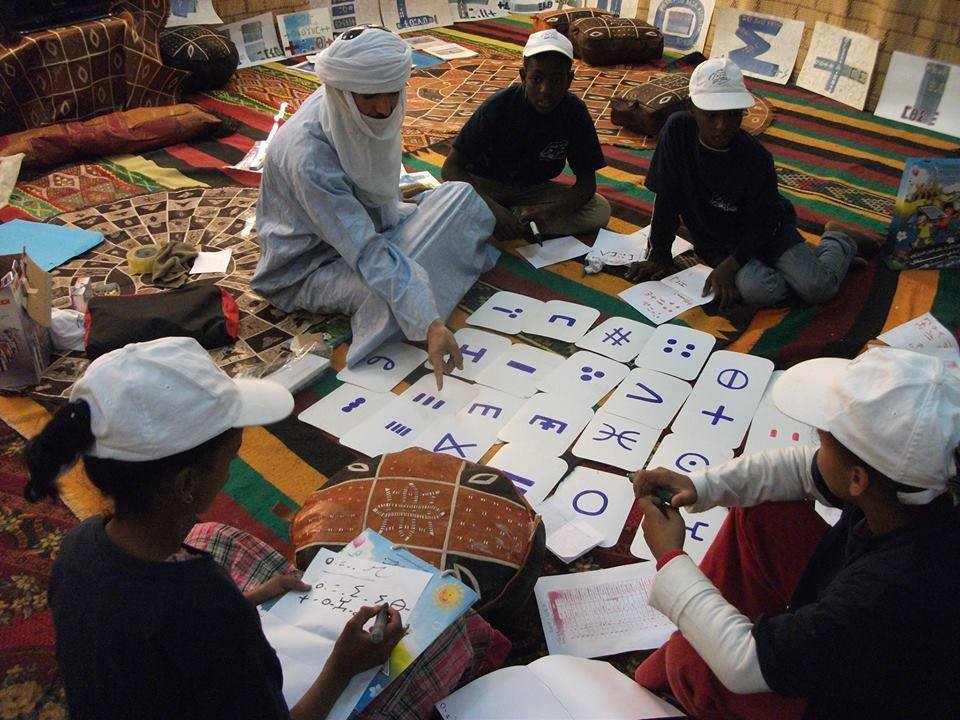Tifinegh, continues to be transmitted to children as a means of preserving Amazigh/Tuareg identity, Some two-thirds of the estimated 1.5 million Tuareg living in Niger use their traditional language, Tamacheq, on a daily basis. The unusual script is rarely used nowadays in Niger. This project aimed to revitalize Tifinagh.
[ads1]
Among the earliest Tifinagh inscriptions found in North Africa are those found inscribed on rocks and painted in cave shelters (Wadi Takdhalt and Matkhandoush). Although the dating of the script was based on the earliest inscriptions found in some coastal areas, there is no comprehensive study to catalogue and date the prehistoric collection found in cave art across the Sahara. Most if not all the inscriptions found so far are yet to be deciphered. As the dating of many of these rock engravings and paintings themselves is also questionable, the age of Tifinagh is not conclusive and may not be known for some time.
[ads1]
Most foreign estimates suggest the script to be around 3000 years old, primarily based on the fact that the Phoenicians arrived in North Africa around that time, and hence the widely accepted conclusion that the name Ti-finagh itself was derived from the word Phoniq.

















